The Pixel 2 XL had what Google called a circular polarizer to ensure the screen would be visible from any orientation while wearing polarized sunglasses. They made a pretty big deal out of it at their 2017 event, but in 2018, there was no mention of whether or not this feature would return in the Pixel 3. It did.
There's been speculation that the circular polarizer was to blame for the Pixel 2 XL's "blue shift" problem — a condition that made the screen seem blue when viewed at steep angles. With all the trouble their 2017 flagship's screen had, some were working under the assumption that Google would drop this feature in the new Pixel 3 lineup, but they definitely haven't:

The Pixel XL (left), Pixel 2 XL (middle), and Pixel 3 XL (right), viewed through a rotating polarized lens. Only 2016's Pixel XL darkens when viewed at certain angles.
Polarizers are optical filters that only allow light to pass through from certain angles. All smartphone displays have a polarizer, but most are linear, meaning they block light when viewed through a second polarizer (read: polarized eyeglasses) either while in portrait or landscape mode. The Pixel's circular polarizer looks to solve this problem.
We haven't been able to test the smaller Pixel 3 to see if it has the same circular polarizer, but we'll update this article as soon as we know one way or the other.
From our testing so far, the blue shift problem seems to have improved on the Pixel 3 XL. However, you still start to see a blueish tint at steep angles — it's just that the angle has to be steeper than it did with the Pixel 2 XL. So perhaps the circular polarizer wasn't the problem to begin with, or maybe Google has improved it.
- Follow Gadget Hacks on Pinterest, Twitter, YouTube, and Flipboard
- Sign up for Gadget Hacks' daily newsletter or weekly Android and iOS updates
- Follow WonderHowTo on Facebook, Twitter, Pinterest, and Flipboard
Cover image and screenshots by Dallas Thomas/Gadget Hacks
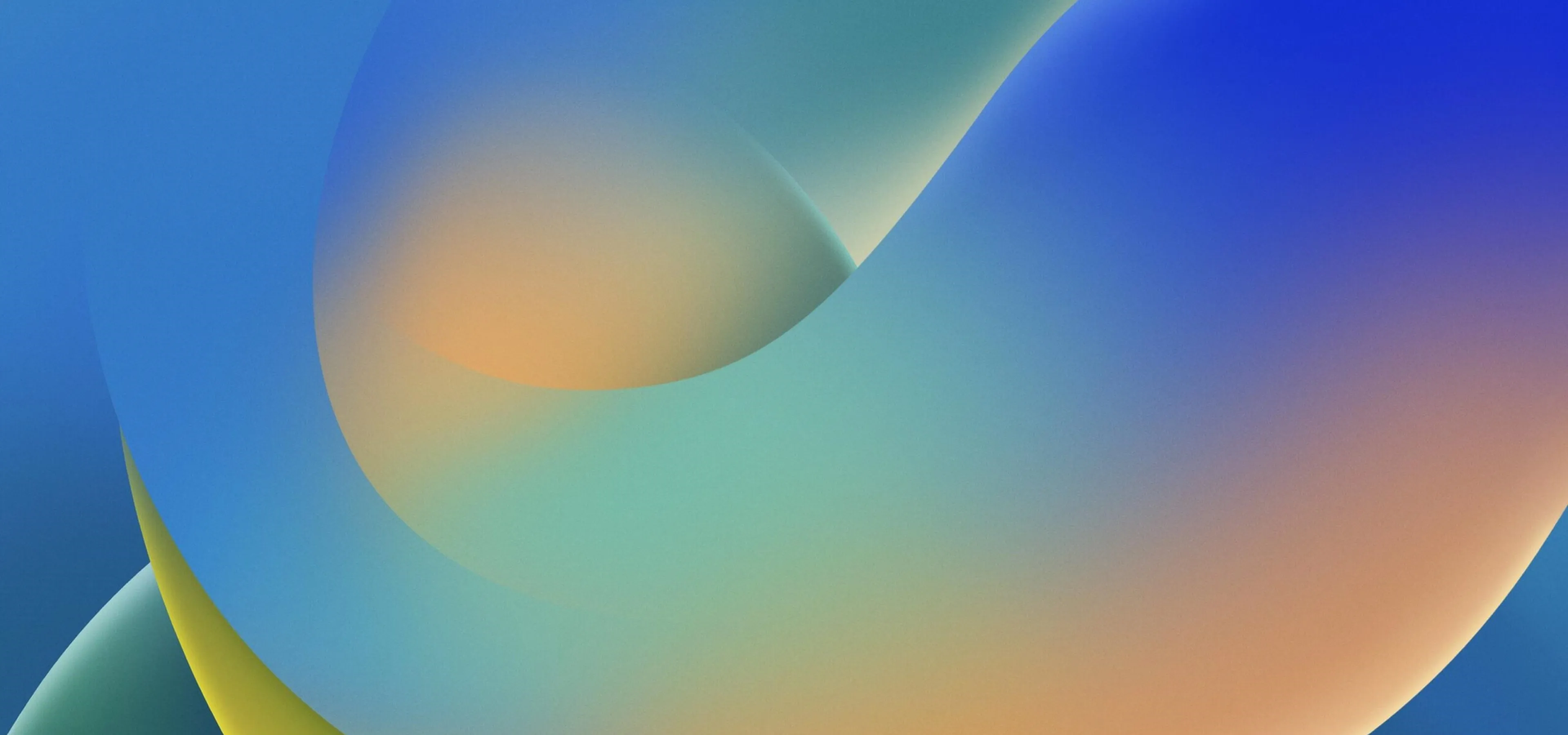




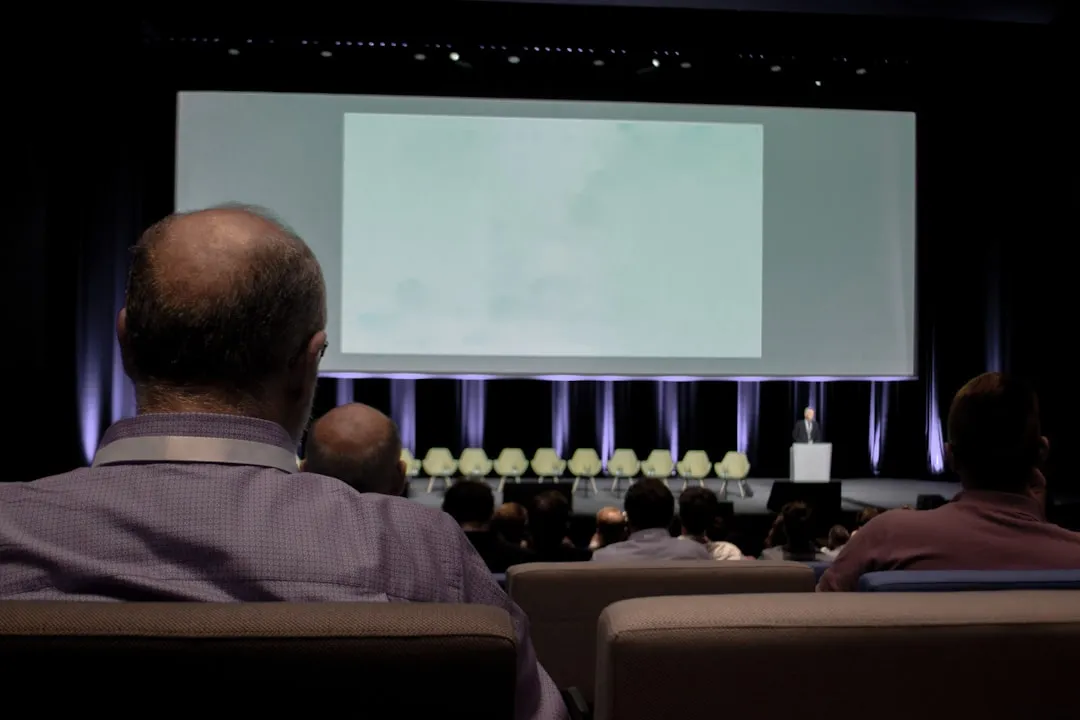
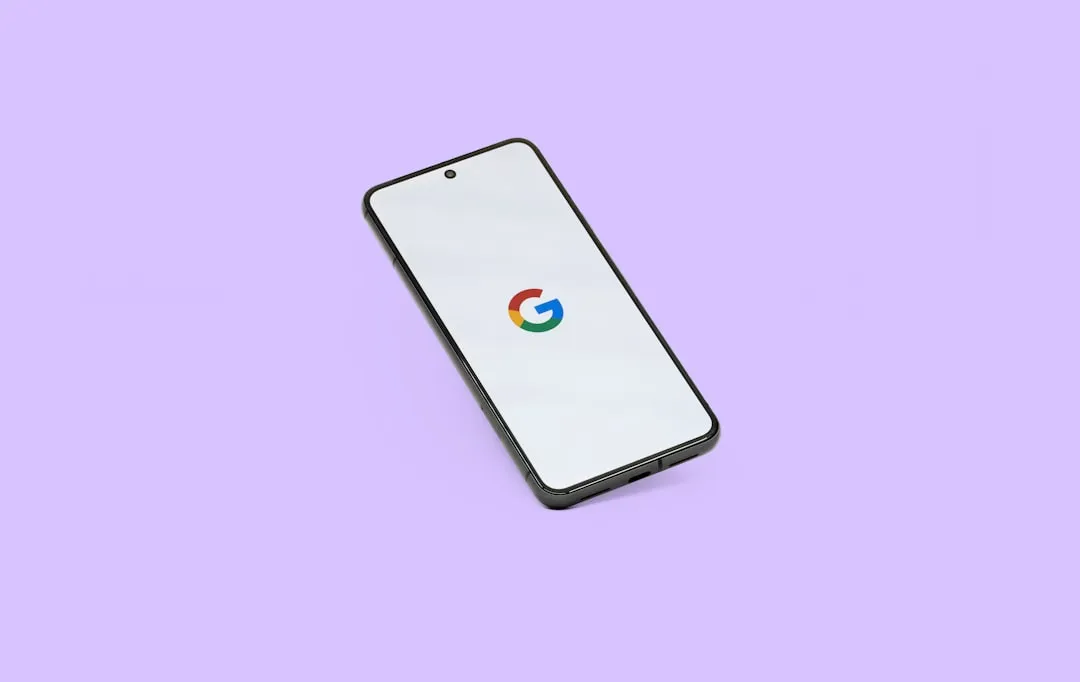

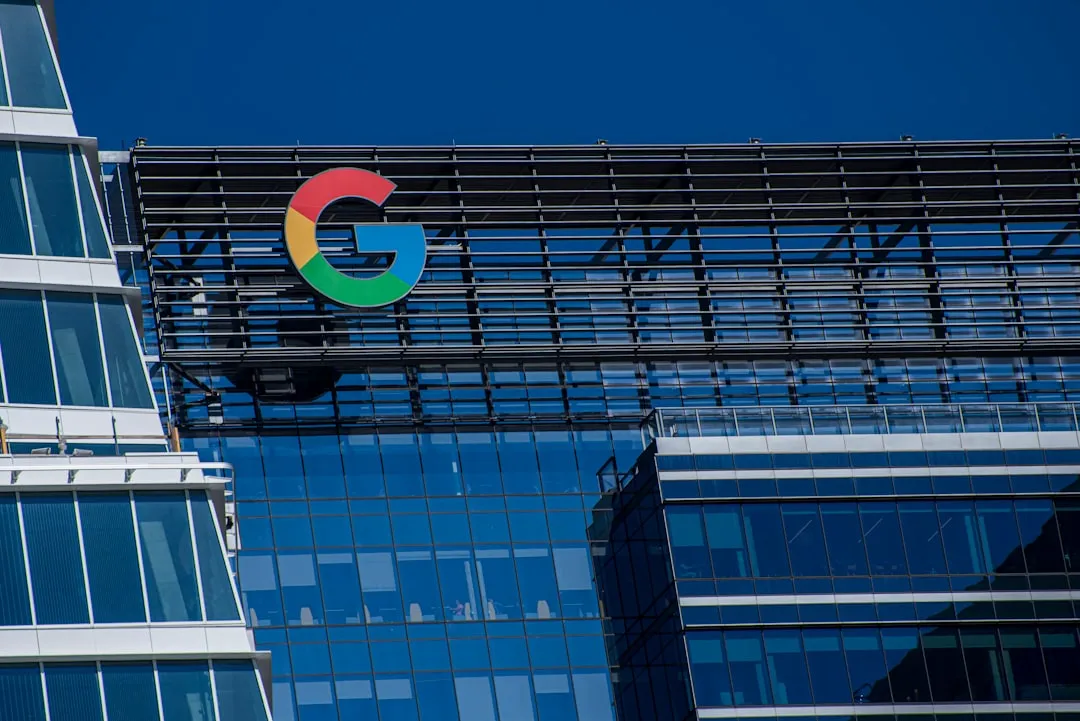



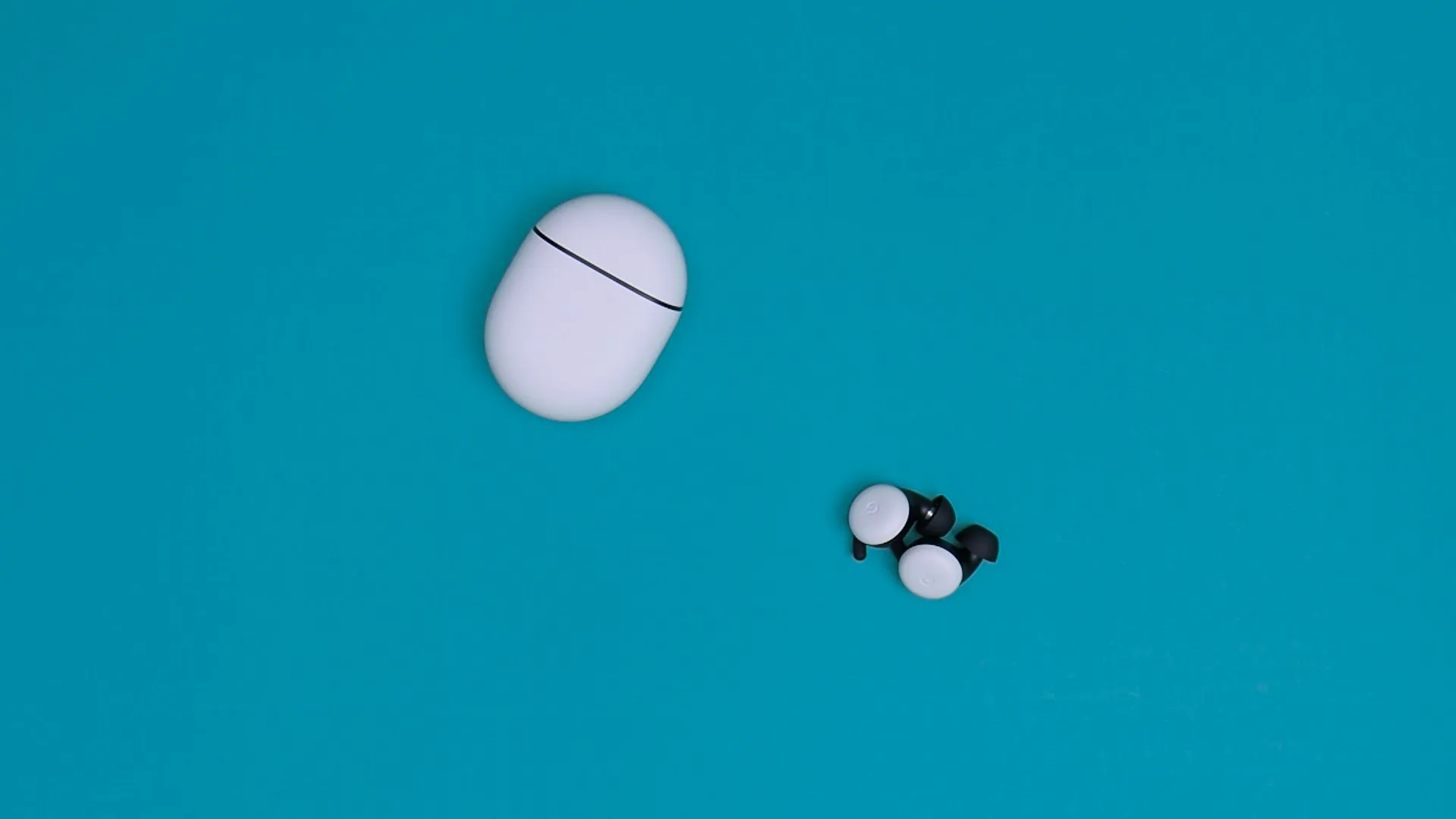

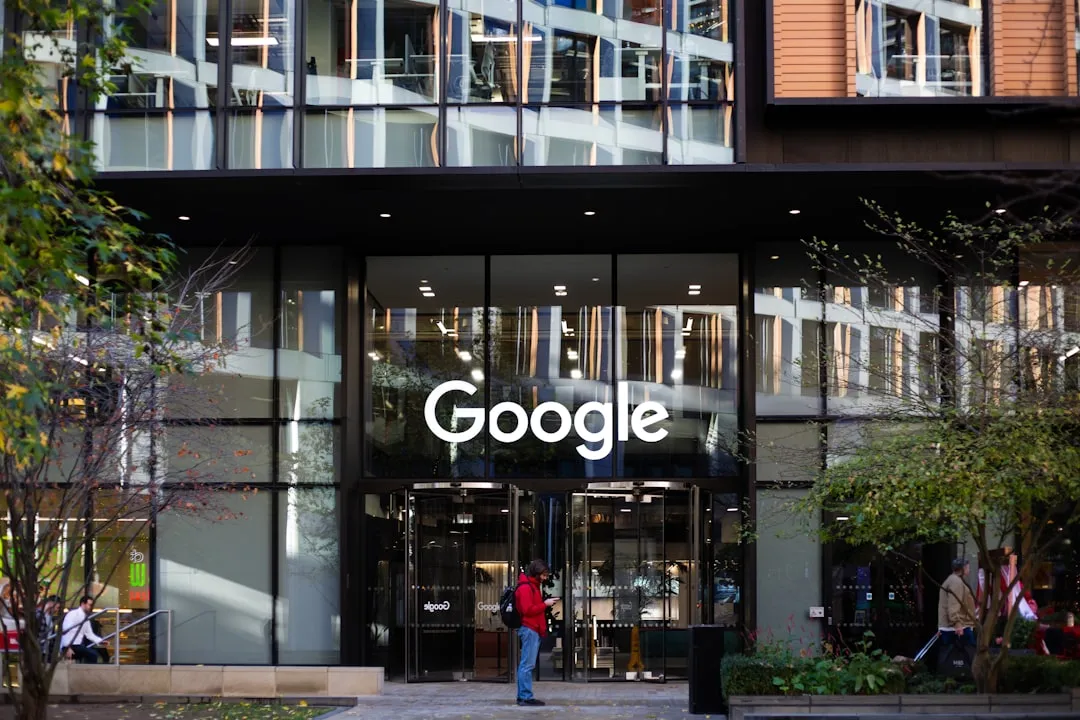
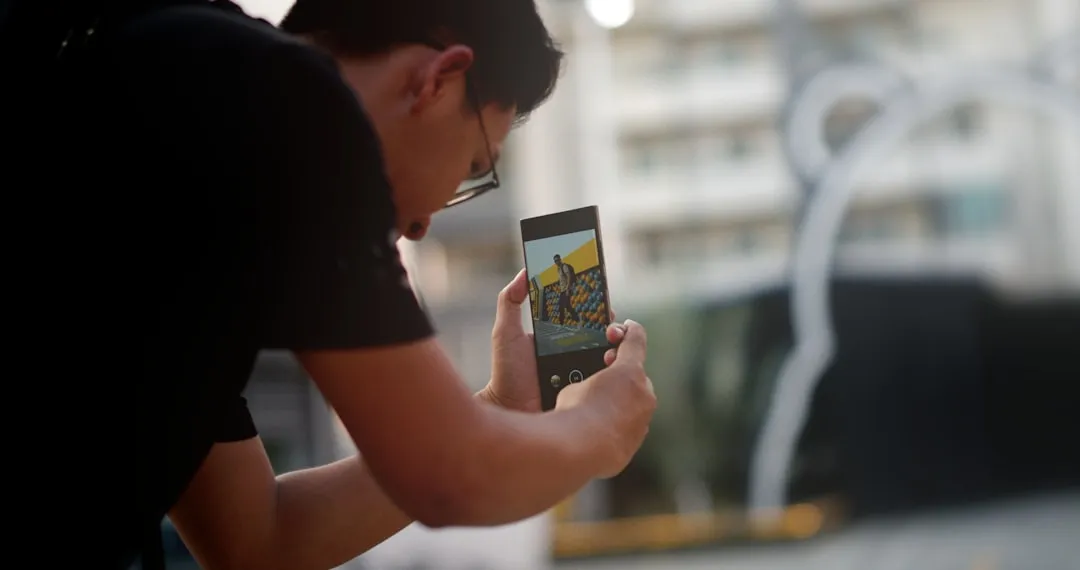

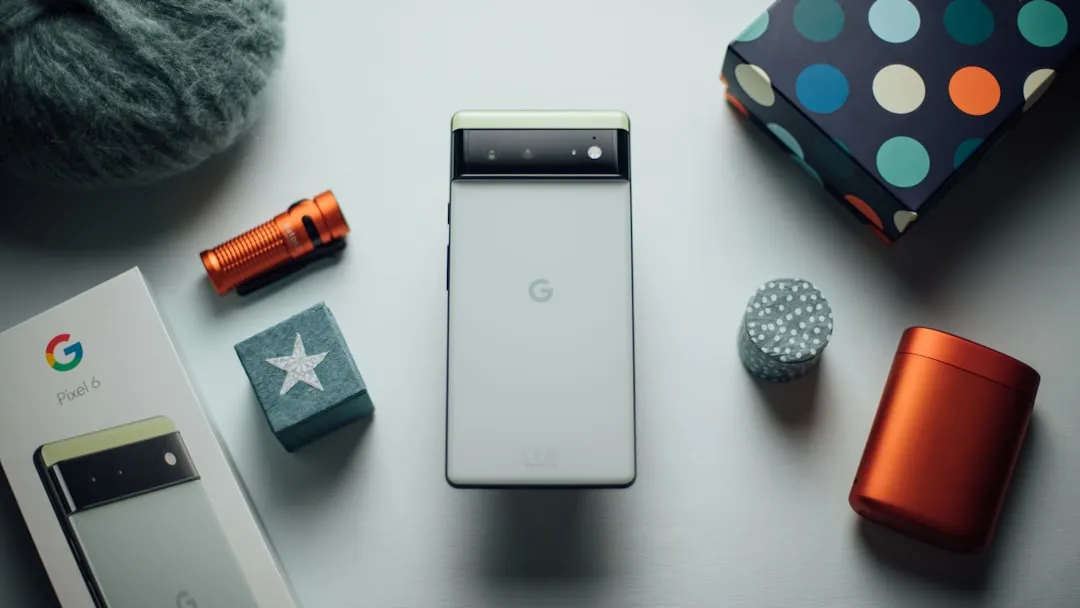
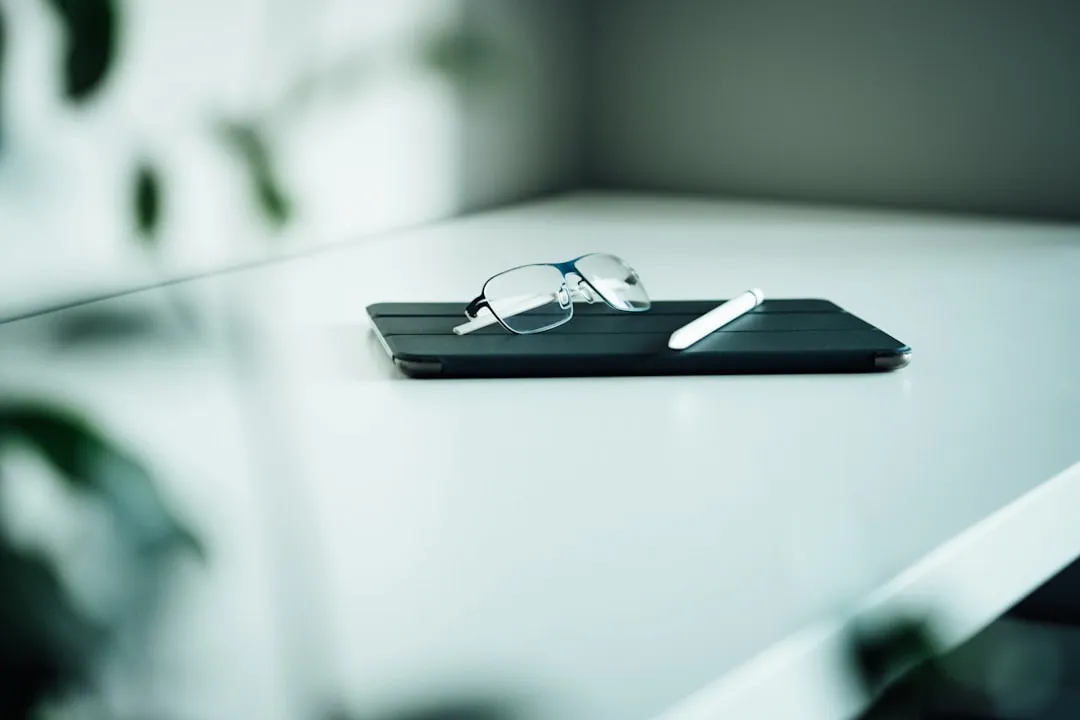
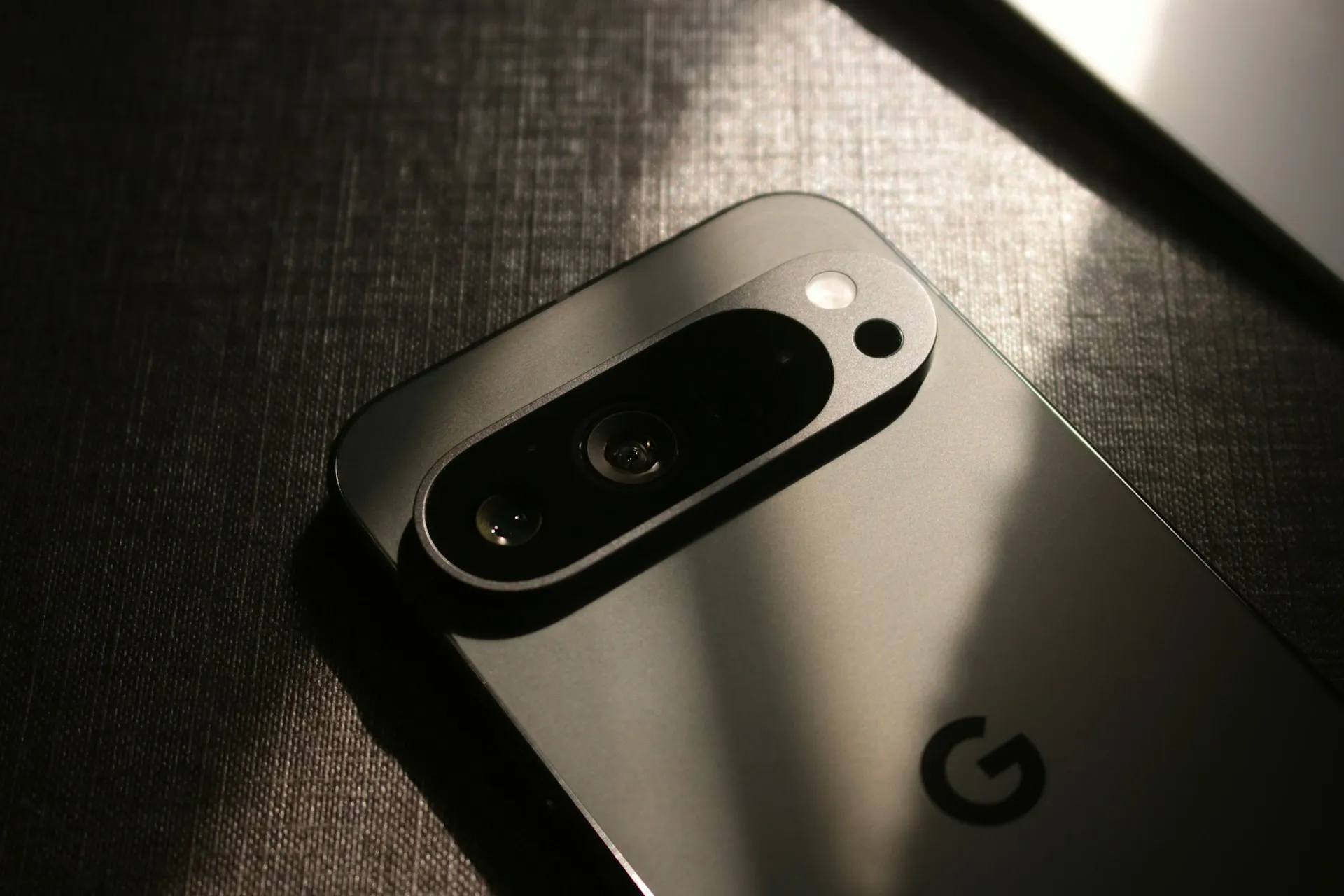

Comments
Be the first, drop a comment!